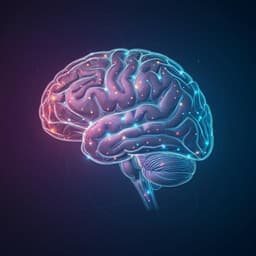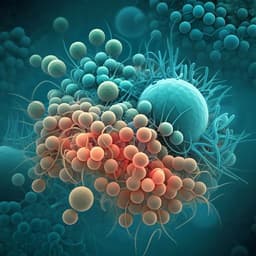
Chemistry
A programmable chemical computer with memory and pattern recognition
J. M. Parrilla-gutierrez, A. Sharma, et al.
Discover the groundbreaking programmable chemical processor developed by researchers Juan Manuel Parrilla-Gutierrez and colleagues at the University of Glasgow. Utilizing a 5x5 array of cells engaged in the Belousov-Zhabotinsky reaction, their innovation can unlock over 2.9 × 10¹⁷ chemical states, showcasing visually detectable memory and a chemical autoencoder capable of performing one million operations per second.
~3 min • Beginner • English
Related Publications
Explore these studies to deepen your understanding of the subject.







